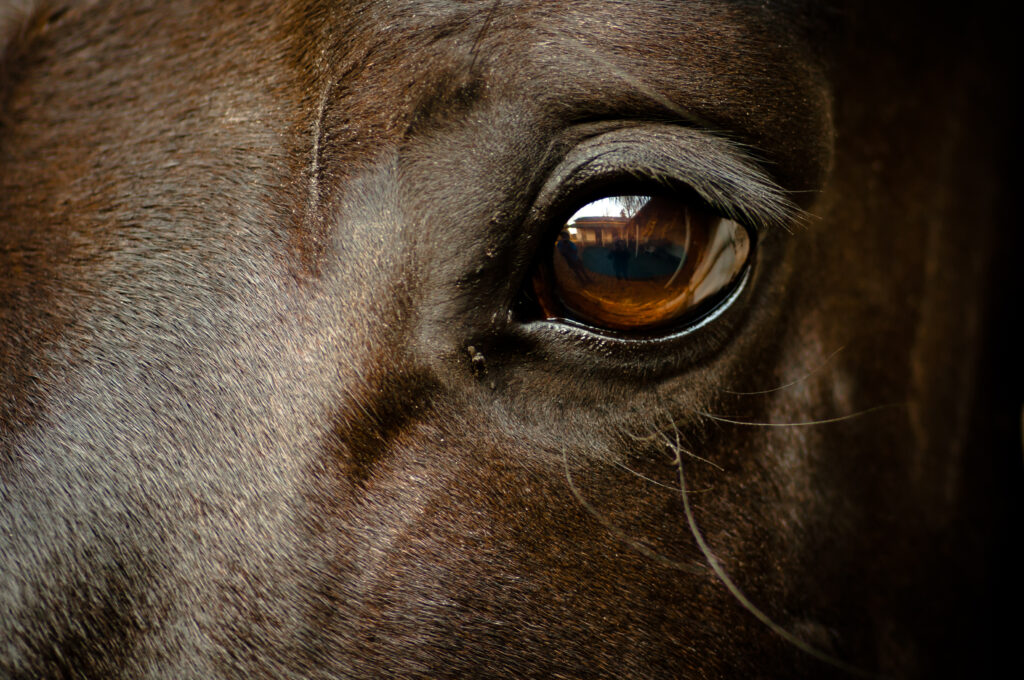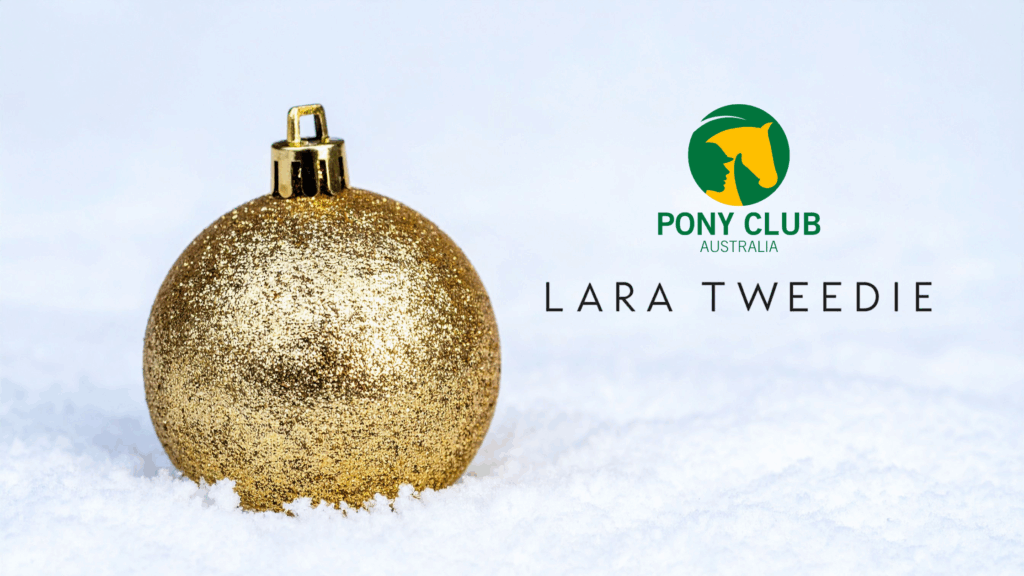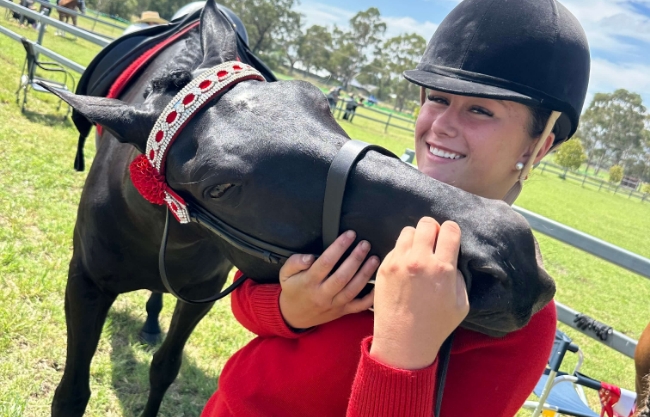By accredited bit fitter, Fiona Dearing, Bit Right Equine.
There are two bits I see every day that I wish I could put in the bin and my bit fitting colleagues would all be nodding their heads in agreement. The thing is, these are bits that are in every tack room. They were also pretty much the only option when I grew up.
As you’ll be familiar with me saying by now, when we know better we can do better. We’ve learned so much since we were mindlessly putting any old bit in any of our horses mouths. We can do so much better for our equine friends now we understand more about equine anatomy, how different pressures in the mouth affect other parts of the body
Sooo, drum roll…the first offender is the Australian Tom Thumb.
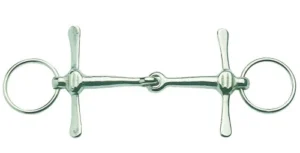
This has been the standard bit you see for ponies for a very, very long time. To be honest, up until recently it was one of only very few options to come in smaller sizes so it’s easy to see why it’s in every tack room. It’s a single jointed bit with a small full cheek cheekpiece to aid in directional control and to stop the bit pulling through the mouth. I commonly see these bits fitted either way too large, or way too small, rarely correctly fitted. The combination of the single joint and this cheekpiece causes the bit to close up and push the inside cheek onto teeth. You often see ponies pulling, reefing or head shaking in these bits due to these pressures.
Often the very behaviours we’re trying to improve are increased by the pressures these bits apply. Additionally, the cheekpieces are a safety hazard in themselves. They can get caught on gear, and they really hurt if your horse rubs on you! So, what are our options? When I fit a horse who’s been in this bit I initially go to a bit with a lozenge to spread the pressure more evenly over the tongue. In terms of cheekpieces I usually find an Eggbutt works well, if we need more stability and turning clarity we can consider a Dee ring or a Boucher, both of which remove the risk of a full cheek.
My second bin option is the ‘old faithful’ Dutch Gag. Again, this is generally a single jointed bit and a favourite for fast work when a combination is seeking a little more control.
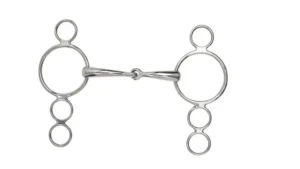
The cheekpiece on the Dutch Gag is very straight, with no accommodation for the sides of the face. When rein pressure is taken up, like the Tom Thumb, there’s a lot of pressure to the sides of the face and an amplified pressure on the lower jaw and poll which can cause more head tossing, leaning or actually ‘hiding’ from the pressure by curling up as I spoke of earlier.
Our options instead of this bit in the leverage bit family are the Bevel or the Universal. Both have cheekpieces with horse’s anatomy in mind. The Universal bits will have the cheek piece swept away from the face to alleviate pressures when two reins are taken up. Again, a mouthpiece with a lozenge will help the pressures be more evenly distributed over the mouth.
I also find in these fittings that when we get the mouthpiece comfortable for the horse often we don’t need to consider a stronger cheekpiece. Often a horse is fighting discomfort and once we alleviate that a better ‘conversation’ takes place and we don’t need to look at a stronger cheekpiece.
With any move to a leverage cheek piece, we need to consider our training and if the need to move to a stronger bit is necessary or if it’s covering a training gap. You might like to revisit my articles on finding the balance between control and softness for showjumping and cross country in recent months.
- Balancing Control and Softness in Jumping – Part 1
- Balancing Control and Softness in Jumping: Part 2




